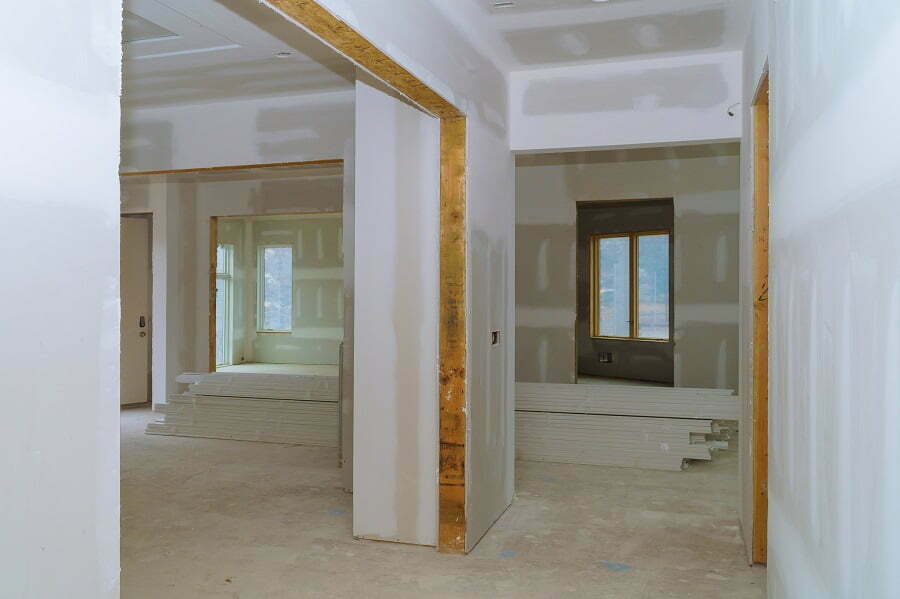Last updated on
Asbestos, once a common construction material, is now a known health hazard causing concerns for homeowners and potential buyers. Understanding the risks of asbestos in residential homes is crucial for ensuring the safety of occupants and for maintaining the value of the property.
This comprehensive guide delves into the history of asbestos use, its health implications, how to identify asbestos-containing materials, and what steps to take if asbestos is present in your home. It aims to equip readers with the essential knowledge to navigate the complexities associated with asbestos responsibly and effectively.
The History of Asbestos in Residential Homes

Asbestos, a naturally occurring mineral, has been used for centuries due to its strong and heat-resistant properties. Its use became widespread during the Industrial Revolution, especially in the construction industry.
In the 20th century, asbestos was commonly used in residential homes as insulation, roofing materials, flooring tiles, and more. However, its use declined in the 1970s when evidence linking asbestos exposure to lung diseases emerged.
What to Do If Asbestos Is Present in Your Home
If you suspect or confirm the presence of asbestos in your home, do not attempt to remove or disturb it yourself. For asbestos removal, connect with Urban Demolitions to ensure that any asbestos-containing materials are safely and effectively removed from your home.
Asbestos fibers can easily become airborne if not handled correctly, increasing the risk of exposure. Instead, seek professional help from certified asbestos abatement contractors who have the necessary training and equipment to safely remove and dispose of asbestos-containing materials.
Health Implications of Asbestos Exposure

Asbestos fibers, which are microscopic in nature, have the potential to become airborne when they are disturbed. Once inhaled, these fibers can lead to severe health complications, including lung cancer, mesothelioma, and asbestosis.
It is important to note that the development of these diseases may take several years, or even decades, making early detection and treatment challenging. Moreover, it is not just adults who are at risk of asbestos exposure. Children and pets can also be affected if asbestos-containing materials are damaged or disturbed within their vicinity, further emphasizing the need for caution and awareness.
Identifying Asbestos-containing Materials
Identifying materials that contain asbestos can prove to be a challenging task since they may not always be visible to the naked eye. Laboratory testing is the only sure way to confirm the presence of asbestos.
However, there are some common materials that are known to potentially contain asbestos, such as insulation, ceiling tiles, and vinyl flooring. If your home was constructed prior to 1980, it is highly likely that it contains asbestos-containing materials. Thus, it becomes crucial to exercise caution and seek professional assistance when dealing with any potential asbestos risks.
The presence of asbestos in residential homes is an issue that demands due diligence and thoughtful action. As a homeowner, it is vital to be aware of the potential risks and to take appropriate measures to safeguard the health of all occupants. Whether managing the existing asbestos safely or opting for professional removal, understanding and respect for the material’s dangers are paramount.
By staying informed and proactive about asbestos management, you can ensure that your home remains a safe and healthy environment for years to come. For further guidance, consulting with experts and adhering to local regulations will provide the peace of mind that comes with responsible homeownership.
Related reading:
Table of Contents





